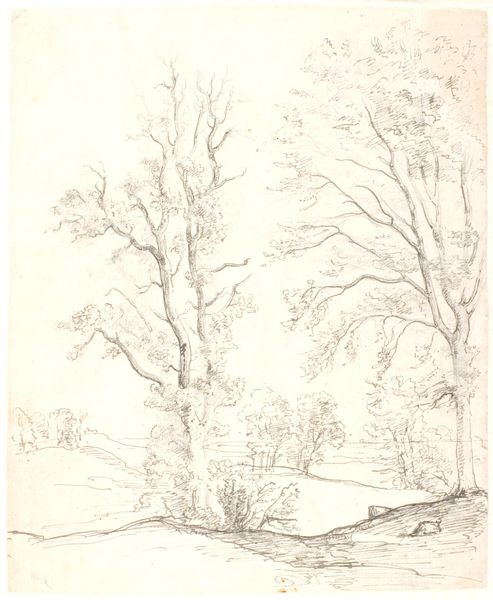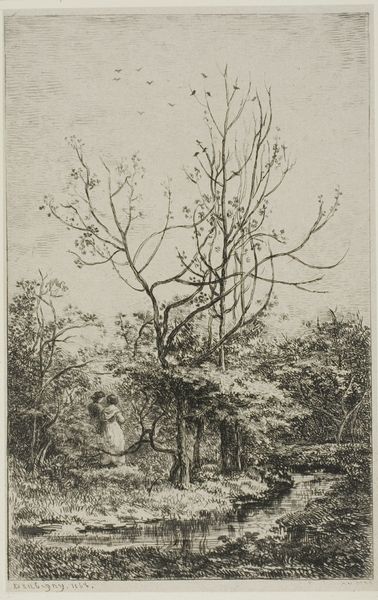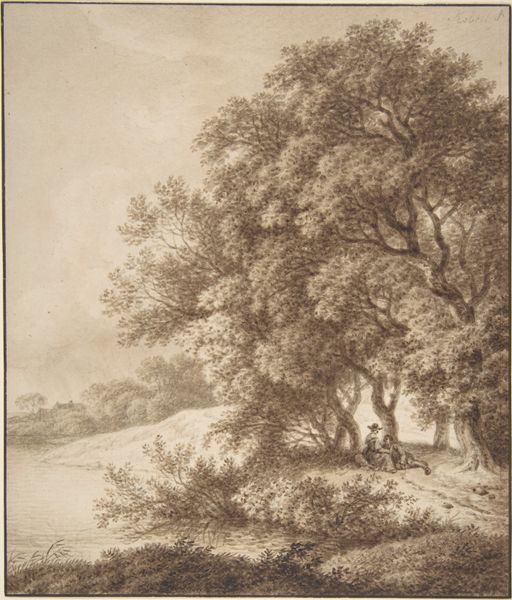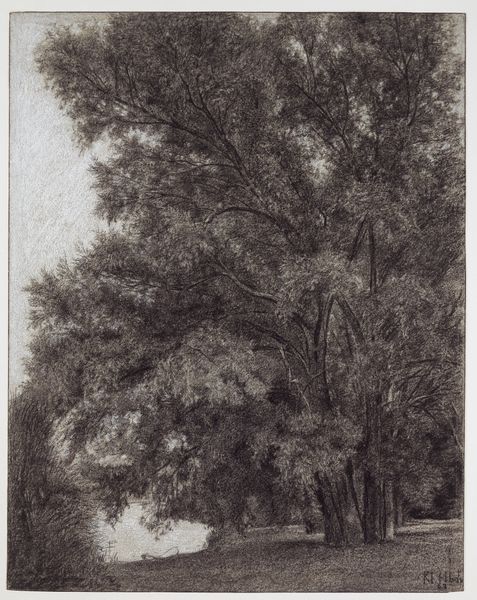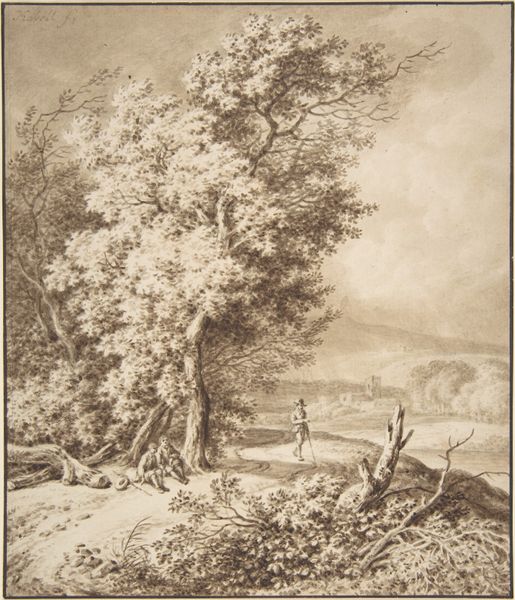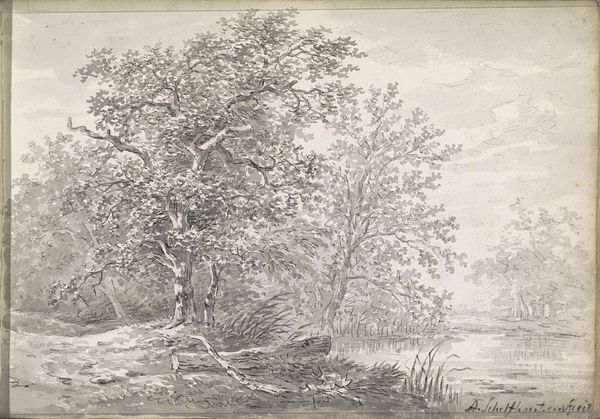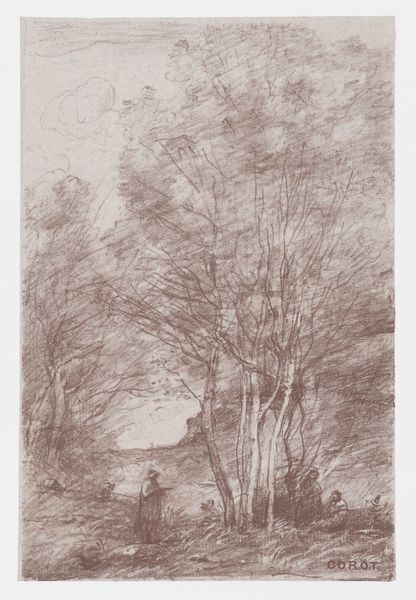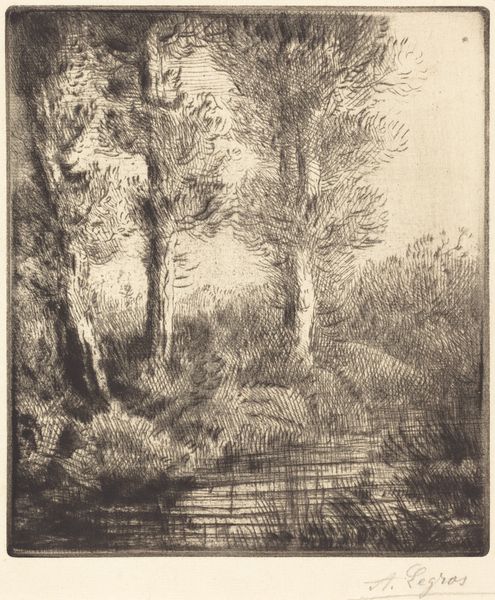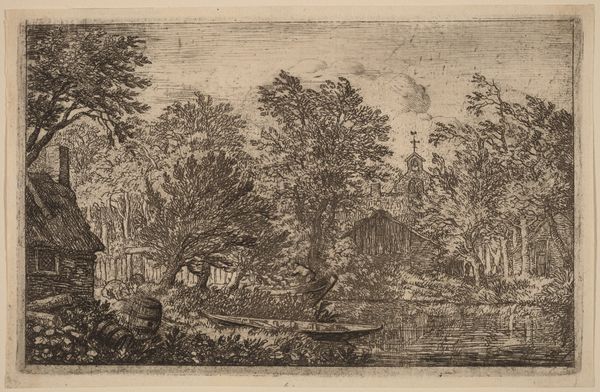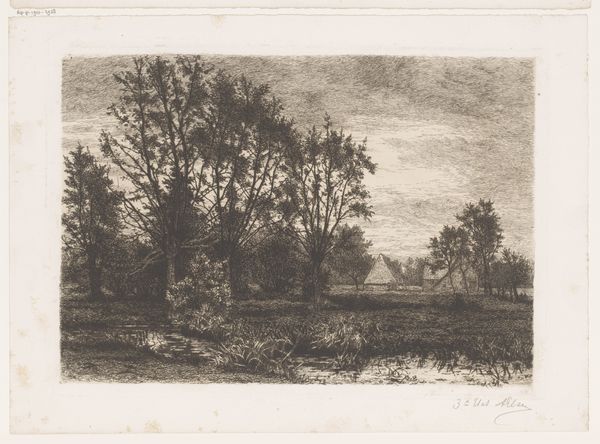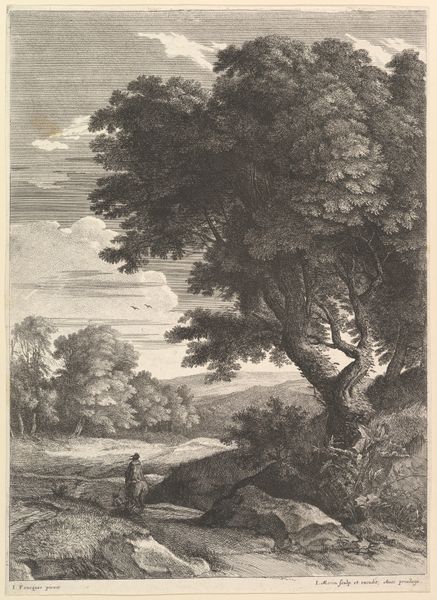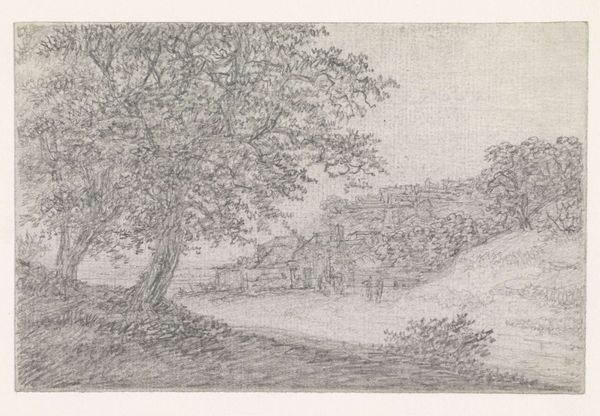
print, etching
#
neoclacissism
# print
#
etching
#
landscape
#
pencil drawing
#
15_18th-century
#
line
#
cityscape
#
realism
Dimensions: 8 1/2 x 6 1/2 in. (21.59 x 16.51 cm) (sheet)
Copyright: Public Domain
This print, View of Leith, was made by Paul Sandby sometime in the 18th century, using etching, a printmaking technique. The image is achieved by drawing into a wax ground on a metal plate, which is then exposed to acid. The acid bites into the metal where the wax has been removed, creating recessed lines that hold ink. This is a mechanical process, a way of producing images in multiple, tying it to early industrial methods. Look closely and you'll see how the etched lines define the forms, the artist varying their density to create areas of light and shadow. Consider the labor involved in this meticulous work, and its purpose: to make landscape views accessible to a wider audience. The print straddles the line between art and craft. It is a beautiful work of art, but also a product of skilled labor and mechanical reproduction. This reminds us that art is not separate from the world of work and commerce, but deeply intertwined with it.
Comments
No comments
Be the first to comment and join the conversation on the ultimate creative platform.
